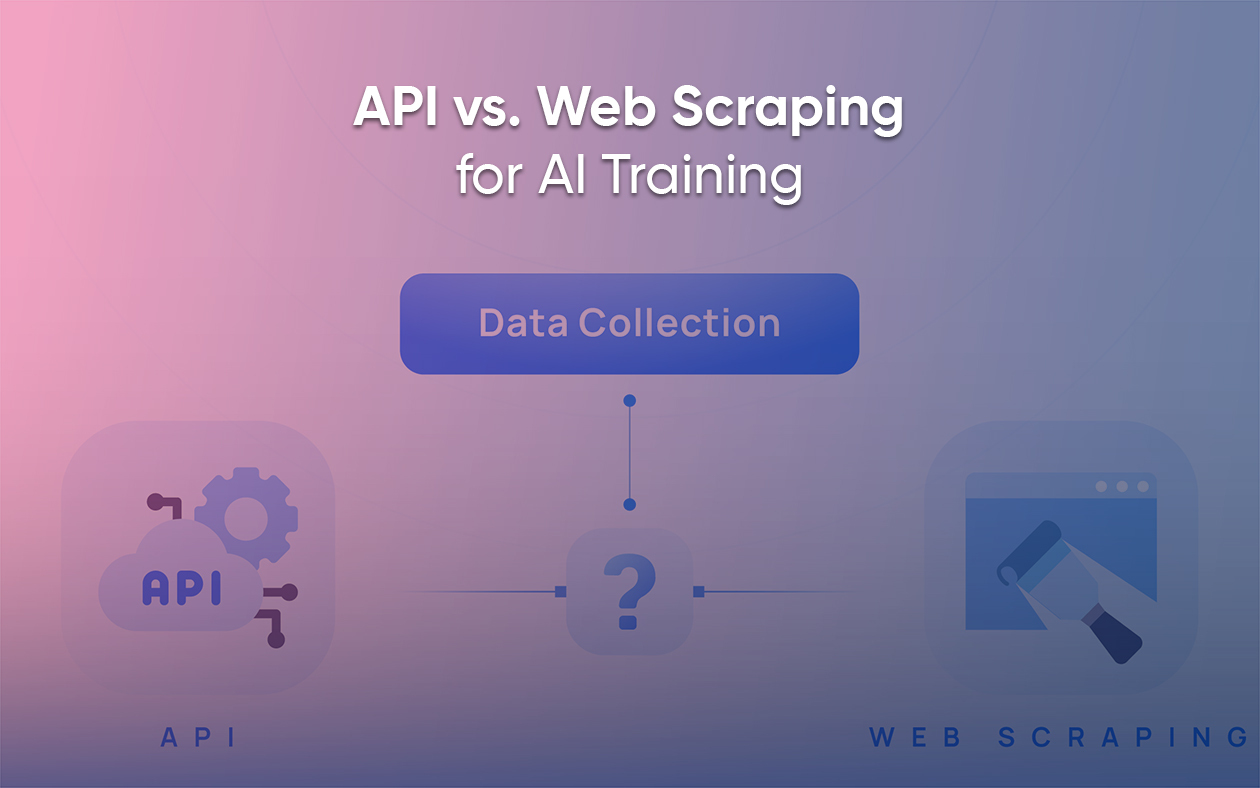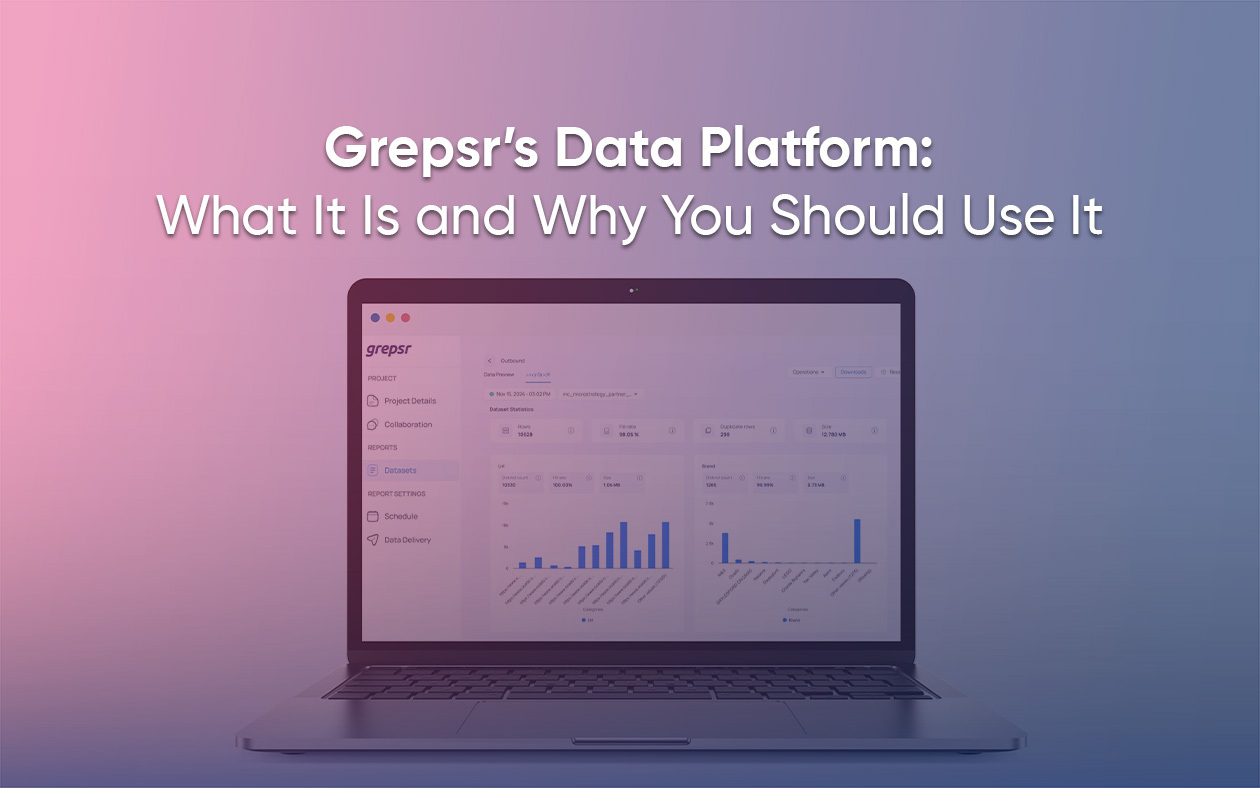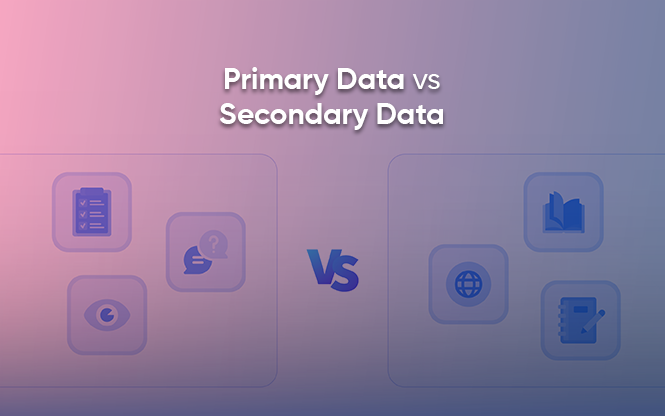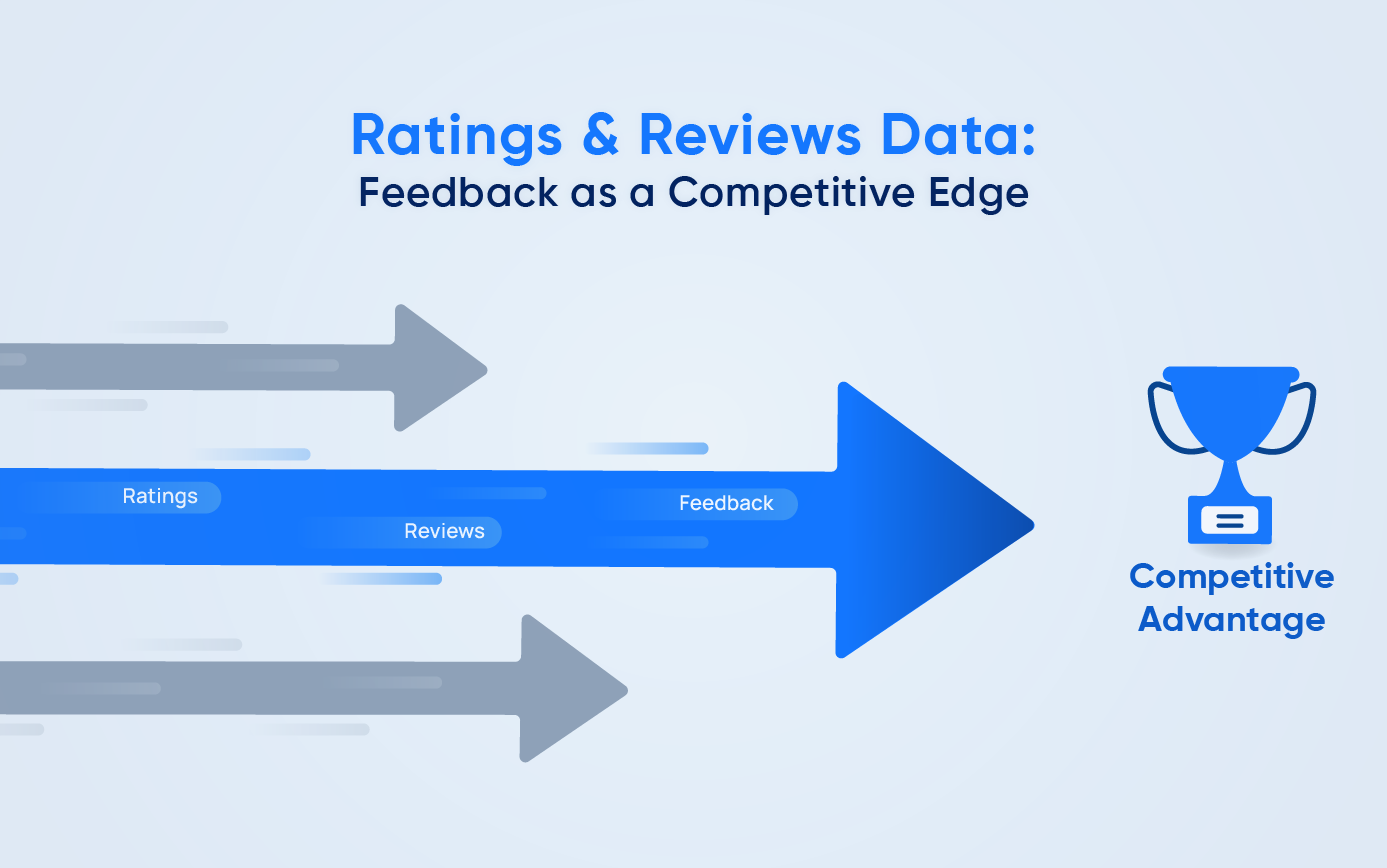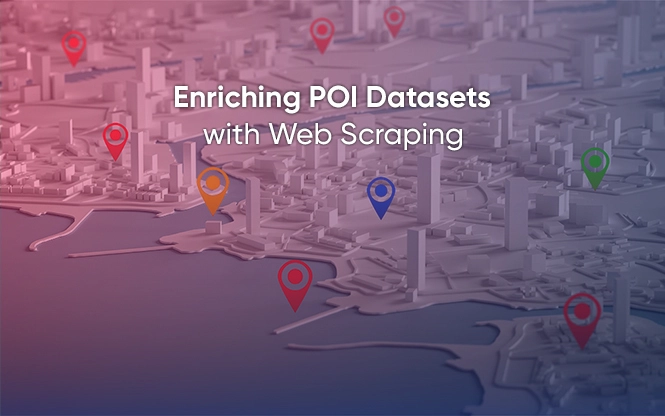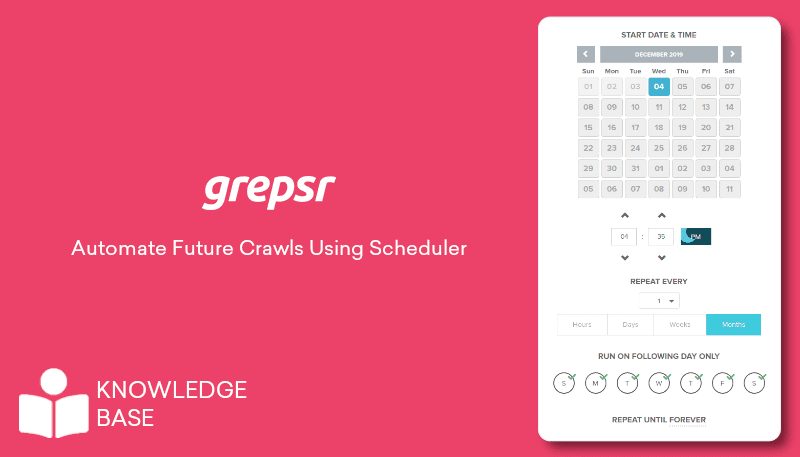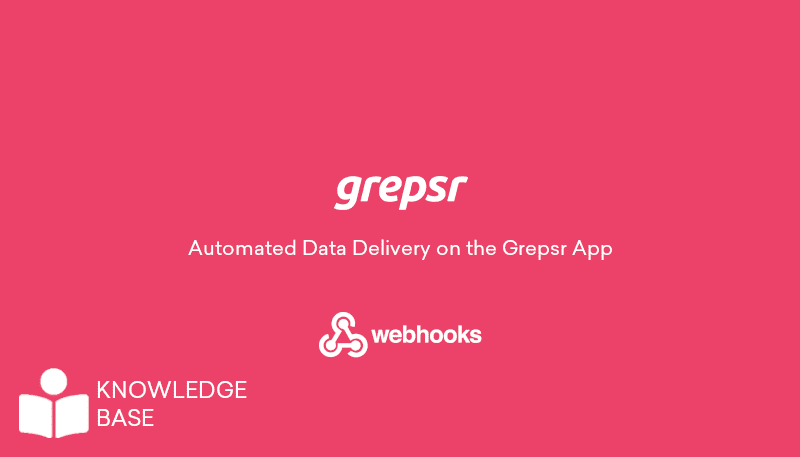Approximately 99,000 search queries are processed by Google every passing second. This translates to 8.5 billion searches per day and 2 trillion global searches per year.
From the estimated data, we can consider that an average person conducts between three to four searches every day.

“Explore what the world is searching” – Google Trends.
The statement accurately reflects what the tool does, ie. taps into Google search history for insights.
Google Trends is a free tool provided by Google that analyzes the popularity of top queries and search terms around different regions of the world using real-time data.
It is an excellent data source for businesses and those who own a website.
It is essential to unlock valuable insights such as identifying trends in their industry, monitoring their competitors, and enhancing their SEO and content marketing strategies. Similarly, it is the cornerstone for understanding customer behavior and expectations by identifying their niche market and target audience.
In this blog, we will learn how web scraping tools and data extraction services extract data from Google trends, and how it can be beneficial for enterprises.
Is it legal to scrape data from Google Trends?
People are generally wary when it comes to the exchange of data.
However, it is important to realize that scraping data that is publicly available and doesn’t contain the personal information of users is completely legal if you do it for the right reasons.
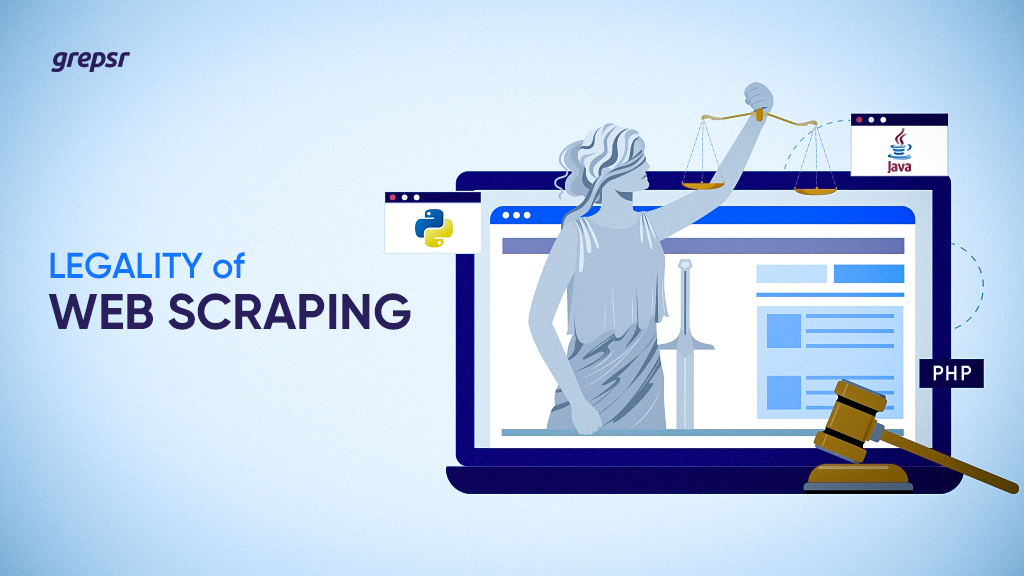
Having said that, you should also be mindful of Google’s terms of service. You must comply with the laws and regulations that are applicable regarding web scraping. It is vital to be aware of any rate of limitations and restrictions in data extraction that are imposed by Google to stay above the fray of legal issues.
So comprehensively, scraping publicly accessible Google data is not illegal unless it harms the website because of frequent requests to the server disrupting its performance. Additionally, services should make sure that the data is used for enhancing the customer experience and not for offensive purposes.
For more detailed information on the legality of web scraping, please refer to our previous blog post.

How to scrape data from Google Trends?
Before you directly start running a crawl first you must identify your search topic.
Then, you must select your geographical location from the country region dropdown menu in Google Trends. Now, go ahead and search for the term or topic you identified.
Once you enter it, you will see a chart that displays the level of interest in your specific term over time. You can customize the chart and it will show you the peak of popularity for the term.
Now install libraries like Beautiful Soup and Selenium that simulate human interaction with the Google Trends website. Then, run the automated crawler that allows you to make requests and extract the following Google Trends data:
Search term, interest by city, interest by subregion, geocode & geo name, average interest over time, a timeline of the interest over time, rising related queries, top related queries, top related topics, and rising related topics.

Opt for a professional external data provider like Grepsr to do the grunt work for you so that you can focus on making data-driven business decisions.
You can also try our Google Maps Scraper in the meantime to breezily get access to actionable POI data.
Benefits of Google Trends scraping
- The key motive for scraping Google Trends data is to empower businesses to make informed decisions. Such are based on the interests of real-time users.
- It is a goldmine for SEO specialists and content marketers as they can tailor marketing campaigns backed by keyword research insights to amplify website traffic & visibility.
- You can stay on top of market research and adapt strategies aligning with growing consumer interests, behaviors, and preferences to improve overall customer experience.
- Data from the geographic distribution of search queries can be leveraged to understand regional variations of consumer interests and optimize product/service offerings based on regional demands.
- By understanding which topics and products are trending for competitors, you can identify potential gaps in the market. Thus you can assess the competitive strengths and weaknesses of your business.
End Note
Henceforth, harnessing the power of Google Trends through web scraping can be a game-changer for businesses seeking a competitive edge in the dynamic digital landscape.
With a staggering number of searches conducted daily, Google Trends has become an invaluable tool for understanding real-time user interests and behaviors.
Leverage the power of quality data with Grepsr. Start making real-time changes with our scalable and instantly actionable real-time data tailored to fit your needs.

























